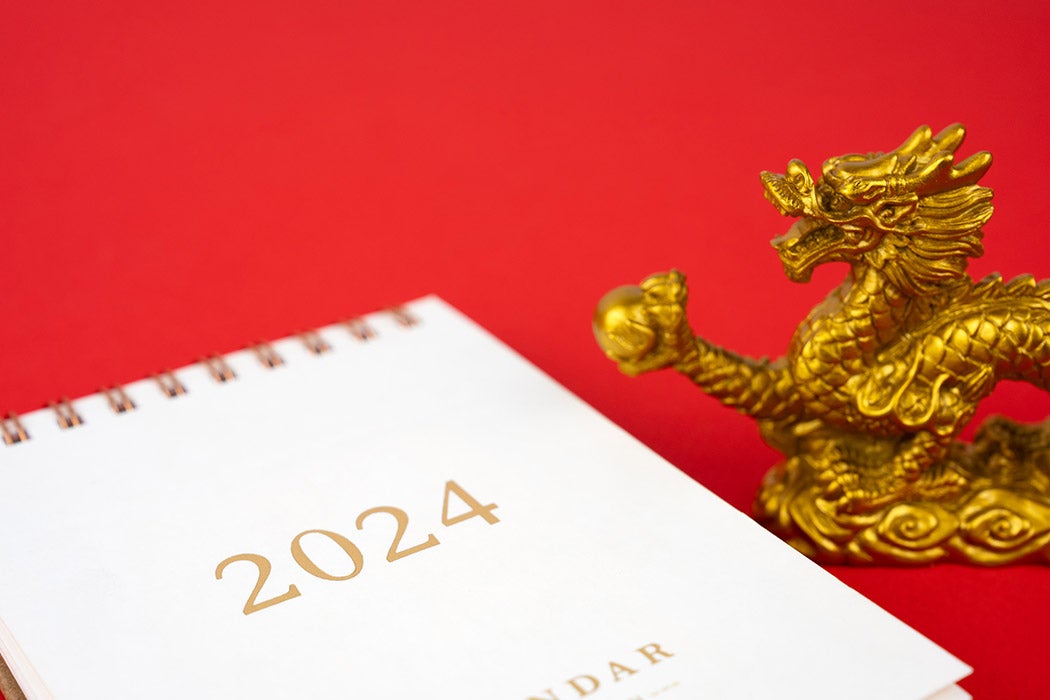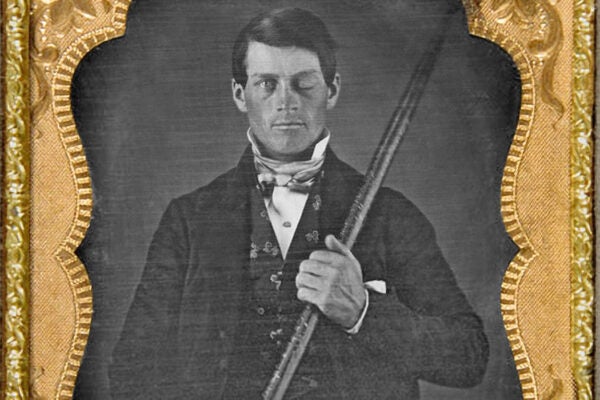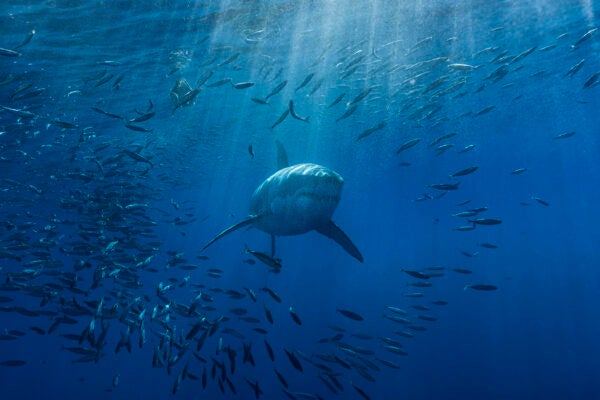What Calendars Do (NPR)
by Regina G. Barber, Rachel Carlson, and Rebecca Ramirez
We may think of the Lunar New Year as Chinese, and the one that falls on January 1 as Western, but the two systems have intertwined historically as authorities sought to improve agricultural yields and raise their status.
We’re Swimming in DNA (Undark)
by Peter Andrey Smith
To figure out whether a particular kind of plant or animal is in a particular place, scientists traditionally had to seek out an individual of the species. Environmental DNA offers a much less labor-intensive method, using the genetic material we shed into the ground, water, and air. But it also raises questions about accuracy and ethics.
From Mississippi to Mexico (Black Perspectives)
by María Esther Hammack
Around 1830, a Black woman from Mississippi started selling butter in a place where it was a rare commodity: Coahuila, Mexico. While scholars don’t know much about the life of this savvy businesswoman, her story fits into a larger history of changing borders, international migration, and the quest for freedom.
The Mysterious Writing of Easter Island (Atlas Obscura)
by Colleen Kelly
Hundreds of years ago, the people of Rapa Nui, or Easter Island, used a writing system that no one today can read. Scientists now believe that it may predate European contact with the island and be unrelated to any other script on Earth.
Tiffany and the Telegraph Cable (Smithsonian Magazine)
by Robert Klara
In 1858, when the Tiffany & Co. luxury brand was young, its founder helped make a name for the company with an unusual stunt based on one of the great technological marvels of the time: the trans-Atlantic telegraph cable.
Got a hot tip about a well-researched story that belongs on this list? Email us here.






